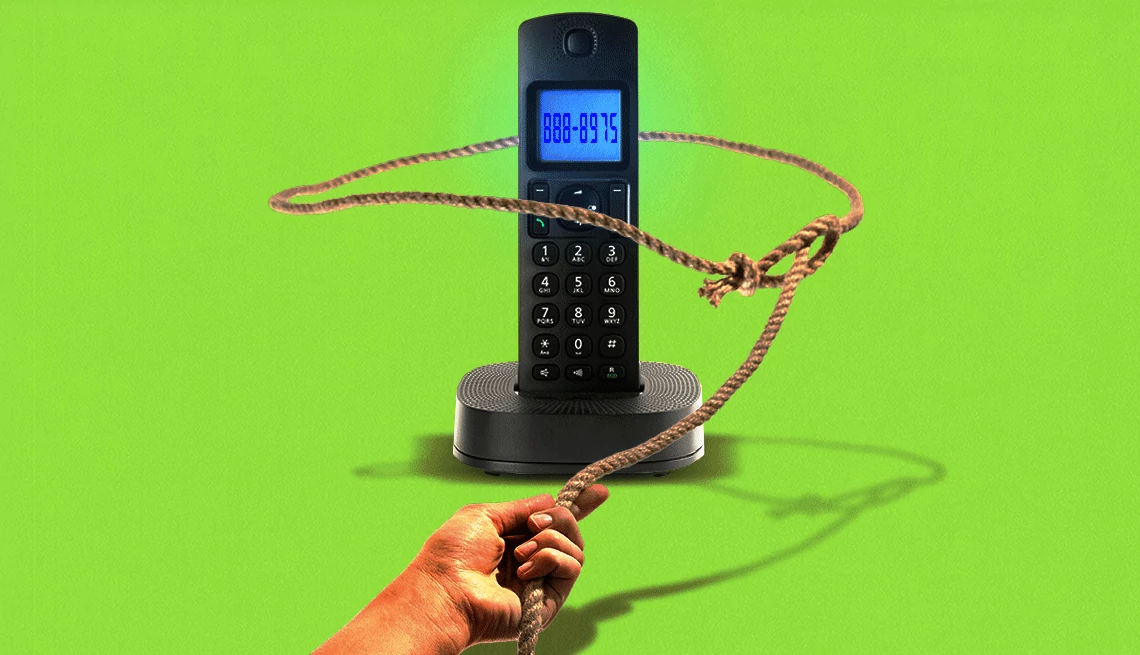
I’m ready to ditch my landline but not the phone number | members only
- Select a language for the TTS:
- UK English Female
- UK English Male
- US English Female
- US English Male
- Australian Female
- Australian Male
- Language selected: (auto detect) - EN
Play all audios:
Next, supply your 10-digit number and any other information that the new company may request. In most instances, your old company cannot turn down your request to port the number to a new
provider, the FCC says. That’s so even if you owe money or get hit with an early termination fee. Your old provider may saddle you with a fee for the trouble or charge you a higher rate for
remaining services such as Wi-Fi that you had been bundling. But nothing prevents you from negotiating that fee down or having it waived. If you’re going to another company, ask the customer
service reps to cover the tab because they want your business. Transferring your number from a landline, or what is sometimes referred to as a wireline phone, to a cellular alternative
could take a few days, the FCC says. By contrast, switching a single line from one wireless provider to another may only take a few hours or at most one business day, barring technical
glitches. 3 THINGS WORTH WATCHING OUT FOR 1. CHANGEOVER HICCUPS. You may have a brief period where you have two telephones with the same number, the landline and a cellphone. Ask your new
phone company whether you’ll be able to continue to use the number during the transition. Once you’ve successfully ported your landline number to a new provider, make sure your old company
cancels your account. AT&T says that for your protection, only the account holder can cancel service. Phones with dual SIMs or eSIMs can have two different numbers — perhaps the old
landline number and a cell number — funneling into the same device. But you may have to purchase an extra line from your carrier for the privilege. 2. ENHANCED 911. You’ll want to ask the
new company if you’ll be able to summon 911 in case of an emergency during this period, or whether an emergency responder will be able to call you back if you’re disconnected. 3. A POTENTIAL
ROADBLOCK. Though phone companies must generally abide by your wish to port over a number, people in rural areas may be out of luck. A local wireline provider can ask the state for a
waiver. If you’re in that situation, reach out to your state public utility commission for clarity and for any other options that may be available. BONUS TIP: PROTECT YOURSELF AGAINST PHONE
PORTING SCAMS A scammer may try to hijack your phone by covertly swapping a SIM card, or by conning a mobile carrier into thinking the caller is you, then asking to port your number to a new
device that the bad guy controls. The FCC has adopted rules requiring wireless carriers to notify you whenever a port-out request or SIM change is made. Be especially vigilant when it comes
to sharing personal information with outsiders requesting your private data by text, email or over the phone. Set up a password or PIN with the phone company that must be provided each time
anyone, including you, calls about your account.